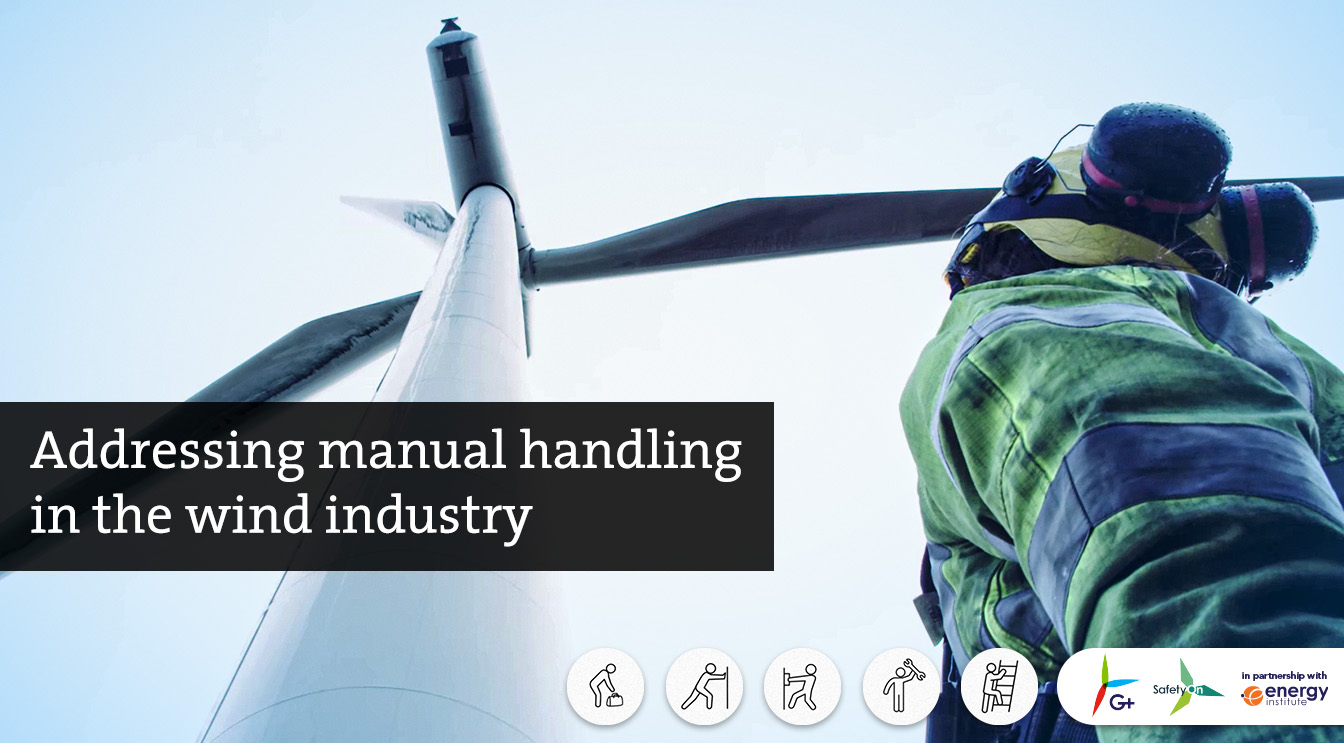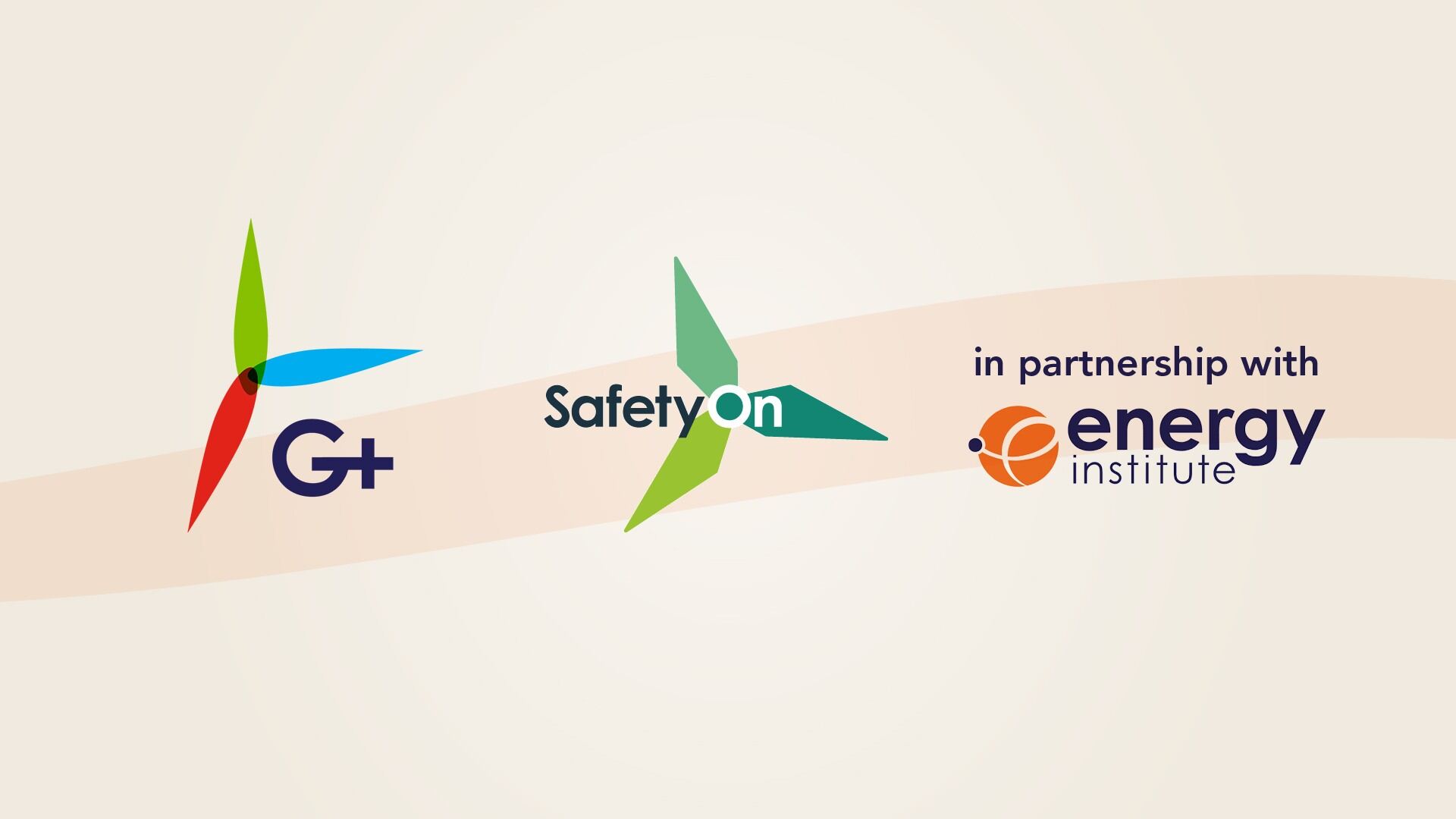SafetyOn and G+ Global Offshore Wind Health and Safety Organisation, in partnership with the Energy Institute, launch manual handling campaign

Why Manual handling?
Manual handling encompasses a wide range of incidents, with many crossovers and misconceptions. It is the leading cause of injuries in the wind industry, both on and offshore.
What is the aim of this campaign?
This video campaign aims to illustrate these incidents, suggesting good practice, rooted on actual on-site experience and reflective of all phases of projects both for the onshore and offshore wind industry.
Who is the campaign aimed towards?
The campaign is designed for individuals to take the materials and run their own campaign internally in their own companies, or at the very least promote the videos internally. The campaign should reach wind technicians and others on the front line and for them to view the videos in their entirety, absorb the messages and reflect on how this can happen on their own sites.
These are Real stories with Real impact. Learn how to protect yourself and your team.
What are the specific topics for each video?
What is manual handling? - "Manual handling is everybody's responsibility," What does manual handling mean to you? This clip, the first of the 4 part series, explores manual handling from the perspective of real offshore and onshore wind power technicians. Our special guests share their personal experiences as well as strategies they implement to mitigate manual handling risks in their day-to-day work.
Manual handling: The incident - "Work smart not hard," The second clip of the 4 part campaign, this installment shares the real-life experience of one onshore wind technician following a manual handling injury. Ian provides an insight into his life and details how one simple mistake caused a musculoskeletal injury which had significant knock-on effects to his work and personal life. Sharing his story, Ian shares his lessons learnt with you, too.
Manual handling: Safe by Design - Designing out risk - "Whatever the solution, everyone has a role to play in designing out risk," As the wind industry develops, turbine designs evolve. With this, new manual handling risks are introduced. This clip, part 3 of the 4 part campaign, explores the importance of communicating manual handling injury risks so that they can be designed out, developing a cycle of constant improvement. In the meantime, the individual is also responsible for re-designing their task at the time, to alleviate manual handling risks they face.
Manual handling: Risk assessment - "While the emerging risks may change, this mindset of constantly assessing risk is key to wherever you are," Environmental, personal and situational variations can all influence the risk of a manual handling injury on-site, which is why it is crucial to continuously re-assess the task and adapt to the present conditions. This clip, the final episode of the 4 part campaign, explores the importance of a dynamic risk assessment. It aims to empower you to recognise where there is risk of a manual handling injury and take appropriate steps to mitigate it. Unable to eliminate the risk? Make the call to STOP the task.
Are there additional resources available to support the rollout of this campaign within organisations?
Yes, please see link below to a downloadable briefing pack. This includes all four videos with four key questions after each video to ask and discuss with yourself and your crew. Alternatively, the packs can be downloaded for each clip individually.
3. Safe by Design: Designing out risk
Running the campaign in your company? Use these campaign graphics, including an email signature banner and social graphics, to promote the cause.
